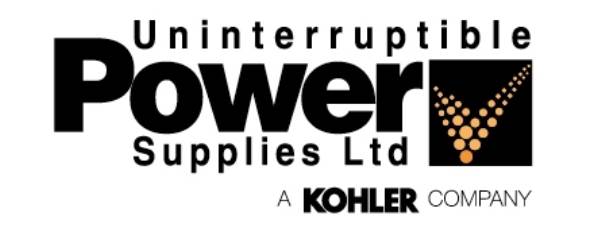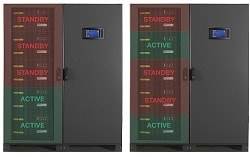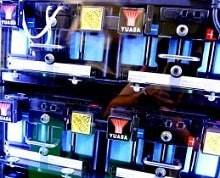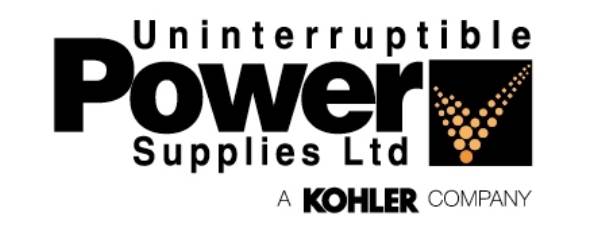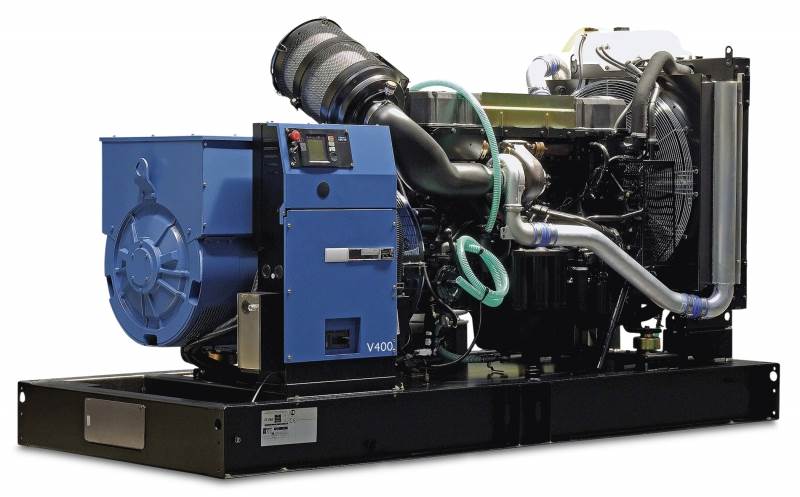- Contact 0870 350 7767
- |
- Advertise
The Internet of Things, data centres, and UPSs
 News and PR from Kohler Uninterruptible Power - Published 30 August 2017
The Internet of Things (IoT) is gaining traction at an accelerating pace; Gartner has predicted 26 billion connected devices by 2020, while others are calling even higher numbers.
News and PR from Kohler Uninterruptible Power - Published 30 August 2017
The Internet of Things (IoT) is gaining traction at an accelerating pace; Gartner has predicted 26 billion connected devices by 2020, while others are calling even higher numbers. The IoT is popular because of the new levels of insight it can provide into the world about us, and particularly on processes that we need to monitor and control. In industry, this can mean large numbers of sensors embedded in machines that can spot latent problems, allowing maintenance action to be taken before they become failures. In cities, traffic monitoring sensors deployed across the entire road network can allow traffic lights to be managed on a city-wide basis, improving traffic flow, reducing congestion and pollution. At a personal level, biosensors can monitor patients conditions, giving doctors access to continuous, actionable biometric information without needing to visit the patient.
These scenarios rely on large numbers of widely-distributed sensors sending high volumes of data through a cabled, cellular or long-range wireless Internet pathway to a centralised, powerful computing resource. Sophisticated analytical software can spot non-obvious correlations and provide insights not previously available.
Devolved data centres
This high volume, widely geographically distributed data means that the Âcentralised computing resource may need to be partially devolved to smaller data centres, nearer to where the data is being generated. This will reduce latency and ease loading on the truly central computing facility. The trend has established a demand for micro data centres  a market expected to grow by almost 30% a year.
Such facilities, which may be referred to as server rooms as well as micro data centres, need equipping with suitably-scaled ICT and support hardware, including UPSs. UPSLÂs PowerWAVE 5000/TP family provides an example of the smaller-scale solutions available; capacities start from 10 kVA, but range up to 50 kVA. Further capacity can be added simply by paralleling up to 20 units. Like their higher-capacity equivalents for full-scale data centres, these UPSs provide a low carbon footprint. They operate with high efficiencies of up to 95.5% at both rated and partial loads, with a near-unity 0.99 power factor.
The units are highly reliable, as they incorporate redundant critical circuits (RCCs) which duplicate all the UPSÂs critical circuits and components; eliminating single points of failure. Further reliability, in the form of N+1 redundancy, can be provided by their paralleling capability. Meanwhile, a single 50 kVA unit has a small footprint of 0.4m2, allowing significant space savings within small data centres.
As the IoT expands, so will its possibilities for both benefits and threats. While implementations bring better insight, control and efficiency as described, the growing issue of cyber security needs to be taken seriously.
As edge sensors continue to proliferate, so will the need for small, robust data centres nearby, that adapt nimbly to rapidly-changing sensor numbers. These data centres in turn will be relying on the availability of equally compact, scalable and robust solutions.
Other announcements from Kohler Uninterruptible Power
-
Understanding your UPS batterys amp-hour rating
If youre specifying a UPS system, then its absolutely essential that you truly understand its battery autonomy; for how long will it support the load if the AC supplies fail?
14 May 2018
-
Keeping UPS availability high
When data centre operators invest in UPS systems, its for one purpose only; to maximise power availability for their facilitys ICT equipment.
14 May 2018
-
Future trends for UPSs
What does the future hold for UPS technologies and systems? We asked Alan Luscombe, Director at UPSL, for his views, as summarised below.
02 Nov 2017
-
UPS, heal thyself
UPSs exist solely to deliver clean, uninterrupted power to their critical load but their ability to do so is entirely bounded by their resilience to failure of their own components or subsystems.
31 Aug 2017
-
Maintaining UPS efficiency when the load size diminishes
Modular UPS technology, as implemented in systems such as UPSLs PowerWAVE 9500DPA, is now being exploited in a smart solution that maintains UPS efficiency even when the UPS load is severely reduced.
30 Aug 2017
-
Is it time to consider Lithium-ion batteries?
Why hasnt the industry adopted lithium-ion solutions with greater enthusiasm, and is this likely to change? We can answer these by looking at factors relating to both lead-acid and lithium-ion bat.
30 Aug 2017
-
How UPS efficiency can contribute to data centre PUE
Improving UPS efficiency can help to better data centre PUE performance. The article discusses the options for this available to UPS operators who invest in the right, transformerless technology UPSs.
30 Aug 2017
-
Director's Blog: So just what exactly is a UPS?
This blog written by Alan Luscombe, UPS Ltd Director, explains what a UPS is, as well as putting the various risks averted by UPS systems into perspective.
03 Aug 2015
-
Choosing a generator for data centre power protection
UPS generators are no longer just a backup plan. Today, they are considered a vital component of a companys power protection policy, as sizing UPS batteries for protracted power blackouts is simply uneconomic and impractical. In choosing a generator for a data centre or other critical IT load application, a number of factors must be considered. These include the generators key components, environmental issues and the qualifications of the suppliers as well as compatibility with the UPS to be supported. In this article, Alan Luscombe, director at Uninterruptible Power Supplies Ltd., a Kohler company, discusses how generators work with UPSs, and the factors you must consider when choosing a generator as part of your power protection policy.
23 Jul 2015






